Holy Alphabet: A Beginner’s Guide to the Hebrew Letters
There are languages that make even the geekiest language-lovers gasp in fear. Hebrew, the holy language of the Bible, is definitely one of them.
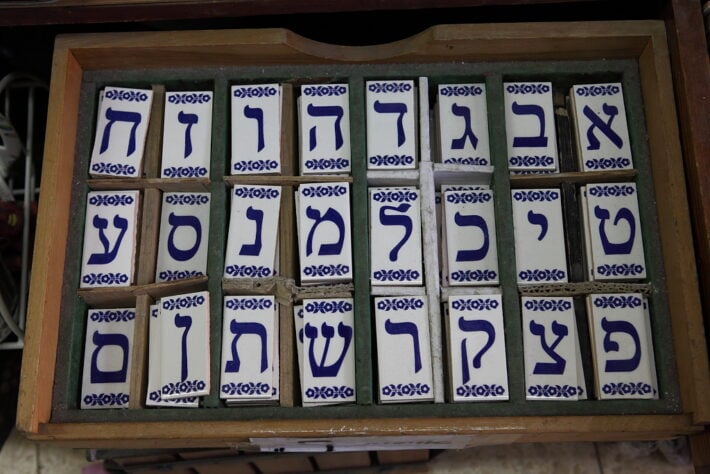
Table of Contents
This is partly because it’s a biblical language, but also because its alphabet looks absolutely alien to Western eyes. Consisting of 22 letters, none of which are vowels or lowercase, the Hebrew letters can seem impossible to master at first. But, with enough dedication and practice, you soon realise that it’s simpler than it might appear at first sight.
Unlike English, where many letters have up to three different possible pronunciations, Hebrew letters have their own sound. Additionally, a dot called dagesh can be placed within a character to signal a change in the sound, especially the doubling of a letter into two phonetic elements.
What makes Hebrew fascinating is that its alphabet and the words that you can form with it are sacred, with layers of signification from the mundane to the mystical. According to religious beliefs, it was the language spoken by God when the Jews were given the Torah at Mount Sinai, and it is still read from the Torah by Jewish people all around the globe.
Hebrew letters appear in three forms:
Block Letters
This is the most ancient form of Hebrew letters, closely inspired by the calligraphic symbols of the Torah and other holy manuscripts. It’s also the most common form of written Hebrew.

Rashi Letters
In ancient times, this form of printed Hebrew was frequently used as cursive writing. Today, it’s still used as such by Sephardi Jews, although it more commonly serves as the preferred typeface for rabbinic writings of a more academic nature.

Hebrew Cursive
Largely used in Israel and by Israeli people who have moved to other countries, Hebrew cursive is like any Latin language cursive in that it’s quite easy to write but it’s not frequently used in print. You might see Hebrew cursive in headlines or ads, but that’s about it. Unlike its English counterpart, Hebrew cursive consists of unattached letters.

The Hebrew Letters
If you’re just getting started learning this language, we recommend that you focus first on mastering the block letters, since they are the ones that you’re likely to encounter more often. To give you a headstart in your studies, here’s a list of all the Hebrew block letters and how they are pronounced.
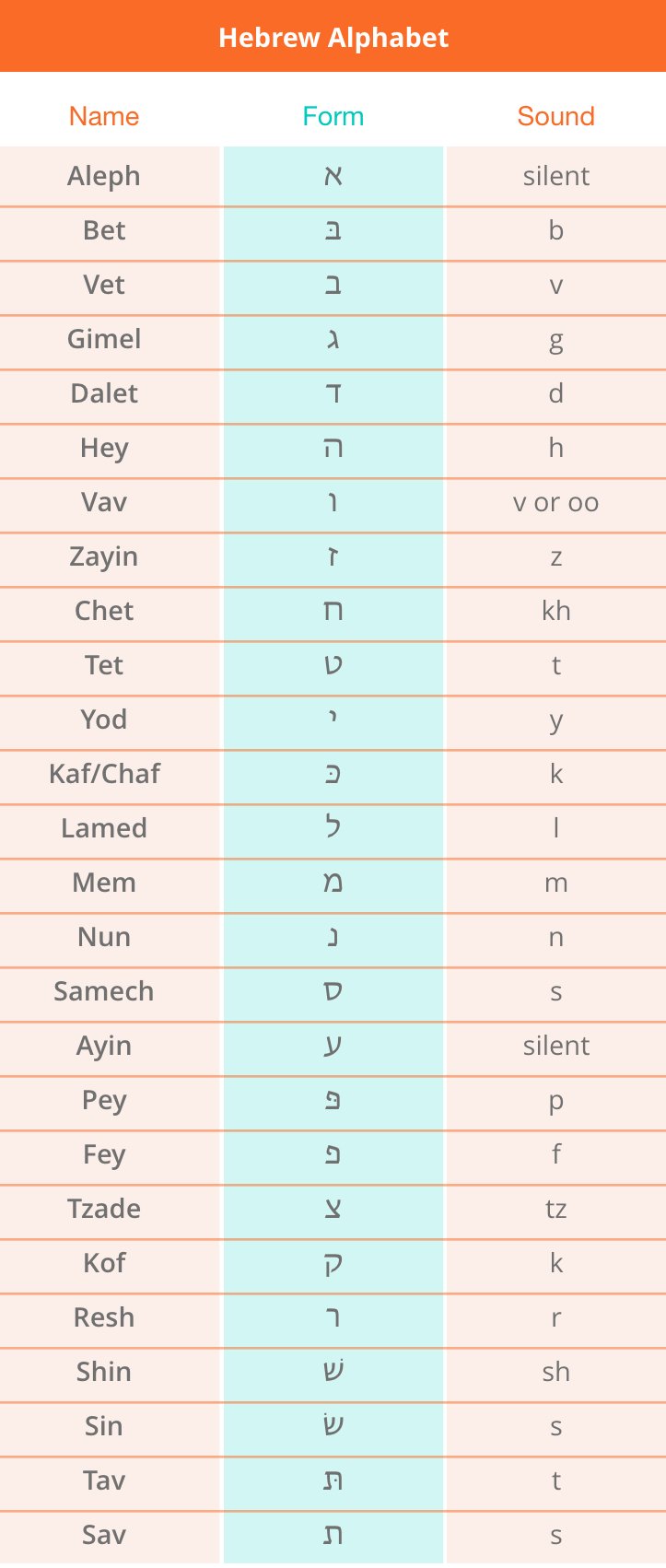
Notice that the two final sounds, tav and sav, appear as distinct Hebrew letters. This is the Ashkenazi or European way. In Modern Hebrew, they are both pronounced as tav, even if there is no dagesh (dot) inside the letter.
The Vowels
Now comes the most unusual aspect of Hebrew: its vowels. As mentioned above, the Hebrew alphabet consists solely of consonants.
Vowel sounds are indicated by additional symbols known as nekkudot which are placed on top or below the letters. These dots help speakers to transform a huge consonant cluster into pronounceable words.
Komatz
Similar to a “T”, this symbol can be found under Hebrew letters to indicate a short “u” sound.
Patach
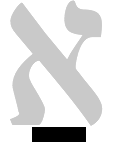
A patach is a straight horizontal line below a letter and makes a “long a” sound (as in yarn)
Tzayray
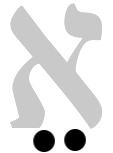
Two small dots one next to the other under. They are placed under the letter and they make diphthong /ei/ (as in stay).
Segol
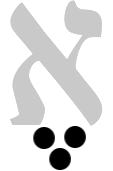
Three dots arranged as an inverted pyramid under the letter, makes a short “e” sound (as in bed)
Note: The Modern Hebrew (Sephardi) pronunciation for both the tzayray and the segol is a short “e.”
Sheva
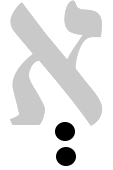
Two dots arranged vertically. This symbol can either have no phonetic value at all (sheva nach) or it can produce a “short i” sound, as in thick (sheva na)
Cholam
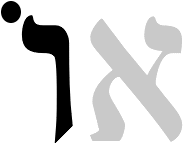
A cholam looks like a vav with a dot on top. It can either indicate the presence of a diphthong such as the one in phone, or an “oy” sound as in boy.
Cheereek
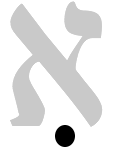
A single dot placed below the main symbol, cheerek indicates a long “e” sound when preceding a yud. In all other contexts it makes a short “i” sound.
Shoorook
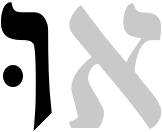
Another vav, this time with a dot to its left, this nekkudot makes a “long u” sound (as in boot).
Kubutz
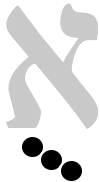
A kubutz signals a shorter “u” sound like in “look”. It takes the form of three dots in an ascending position.
So, there you are. That’s the end of our beginner’s guide to Hebrew letters. We hope you’ve found it informational and, above all, we hope we have inspired you to want to know more about Hebrew.
Do you feel ready to put your skills into practice? Take a one-to-one lesson with one of our native Hebrew tutors and be ready to learn everything there is to know about this fascinating language. What are you waiting for? Contact us now and we’ll get right back to you with detailed information on our teaching methodology.


